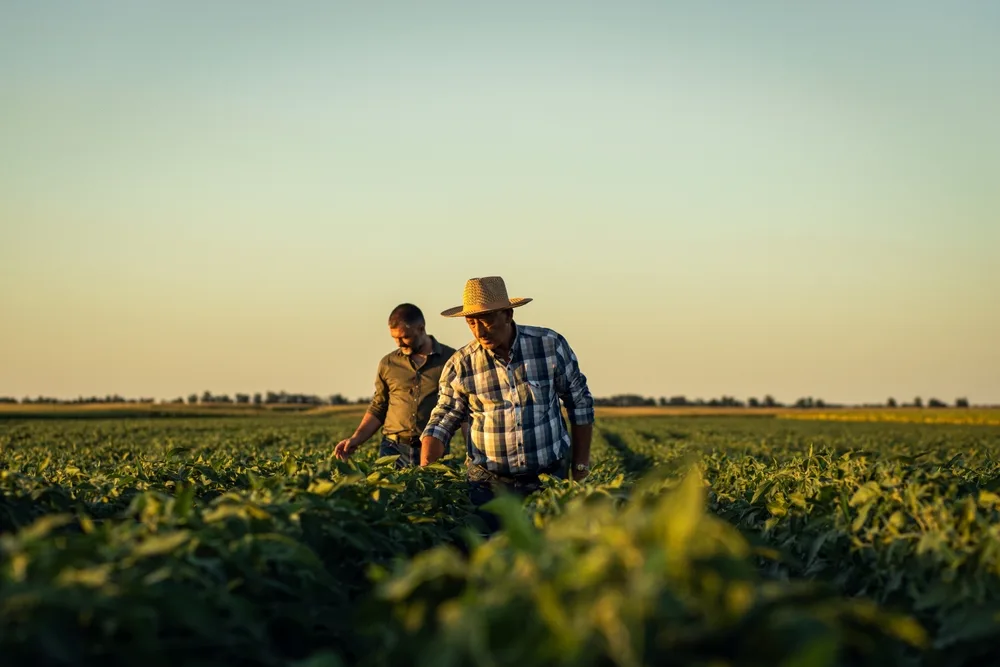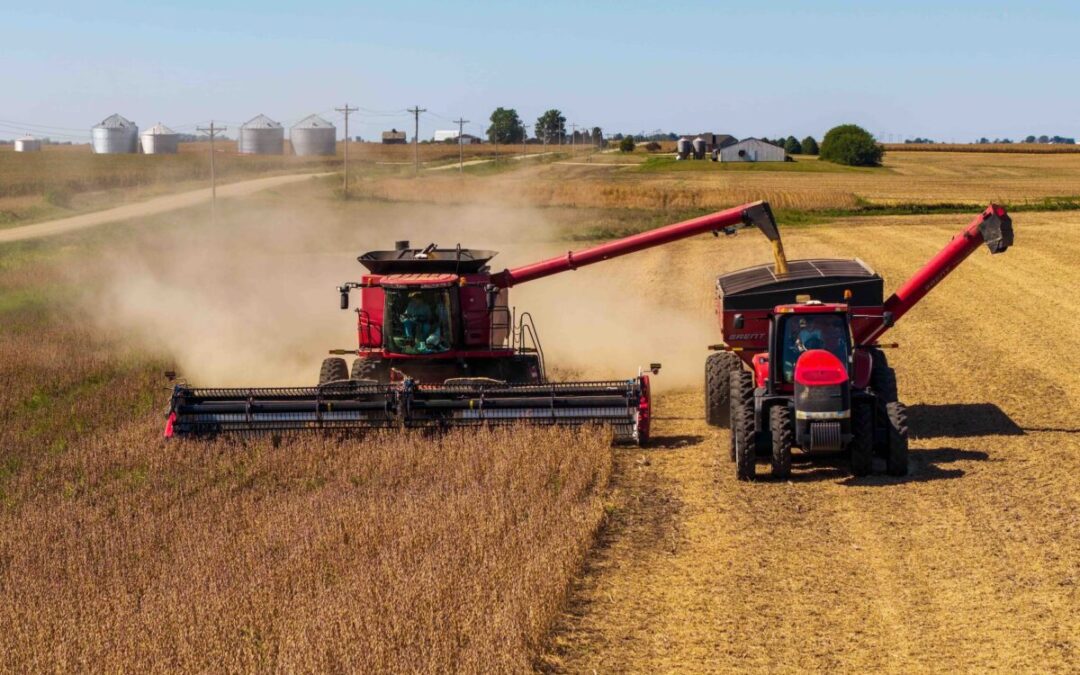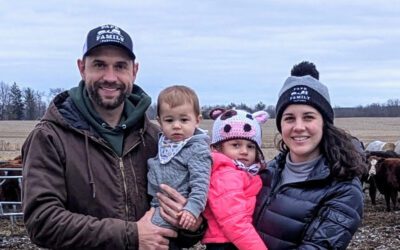
Beth Haskovec, director of Wisconsin’s Office on Rural Prosperity, says that the office’s goal is to “be a clearinghouse for rural communities”; in her role, she focuses on being a resource for rural Wisconsinites, letting them know the state-level supports that are available to them. (Photo via Shutterstock)
Over the past four years, Wisconsin’s Office of Rural Prosperity has served as a place where rural residents and community leaders can go to ensure that their voices and needs are heard in the state government.
The office has been tasked with improving the state’s forestry sector, investing in renewable energy projects, boosting outdoor recreation, supporting child care professional development, expanding broadband access, and more.
Gov. Tony Evers announced the creation of the office during his State of the State address in 2020, noting that it would be a specialized office within the Wisconsin Economic Development Corporation (WEDC).
Beth Haskovec, director of the Office of Rural Prosperity, joined UpNorthNews Radio’s Pat Kreitlow last week to discuss what the office is aiming to accomplish.
Haskovec said that Gov. Evers created the office, “recognizing that there needed to be a rural advocate at the state level, focused on being a clearinghouse for rural communities.” In her role, Haskovec said she helps rural Wisconsinites know the state-level supports that are available to them. She also advocates for them across state agencies.
One of the main challenges for rural communities Haskovec saw in the state before the creation of the office was lack of communication.
“There’s always been a lot of programs that are accessible to rural communities, but that awareness and that ability to really break down into something that can be approachable and easy for communities to access has been a barrier,” she said. “That’s what we’re trying to do, be a coach—and that support that can help navigate that and really connect people.”
Haskovec highlighted the different resources available to rural communities on the office’s website. There are breakdowns for education, health care, tourism, child care, and more.
Haskovec noted that although the Office of Rural Prosperity is doing important work that helps people, it’s essential that state and federal policymakers “get to the root cause” of why rural communities are struggling and focus on improving infrastructure in the state.
This is why ensuring that rural Wisconsin has access to Bipartisan Infrastructure Law funds is a “high priority” for both the WEDC and the office itself, she said.
To date, $6.1 billion in infrastructure law funding has been announced and is headed to Wisconsin with at least 364 specific projects identified for funding, according to the White House. This funding has upgraded highways, invested in transit systems, improved water systems, funded lead pipe replacement, expanded access to high-speed internet, and more.
For example, more than 416,000 Wisconsin households have signed up for the Affordable Connectivity Program (ACP), which was funded by the law. It cuts internet bills by up to $30 per month, or $75 for households on tribal lands or in certain rural areas. It also provides a one-time $100 discount off a connected device.
Hundreds of millions of dollars have been allocated to help improve water infrastructure in the state, as well. Nearly $130 million has been dedicated to lead pipe and service line replacement in particular, including in rural communities. According to the EPA, there are roughly 341,000 lead service lines in the state of Wisconsin, many of which are in rural areas.
Haskovec added that the Office of Rural Prosperity can also help Wisconsinites with understanding rural grant programs and initiatives. In some cases, it can even help with grant-writing itself.
Wisconsinites can learn more about the Rural Innovation Initiative, for example, which helps support entrepreneurship and accelerate the growth of technology-based companies in rural communities. So far, more than $13 million in federal funding and matching dollars has been raised in Wisconsin through this initiative.
Rural residents can also get assistance applying for the Thrive Rural Wisconsin Initiative, a program that brings project management, financial support, and technical assistance to projects focused on community-based economic development, small business development, improving rural housing and community facilities, and advancing sustainable energy projects and organizational and financial management.
County economic development organizations, nonprofits, and tribal organizations that are based in communities of 10,000 people or fewer are eligible to apply for the Thrive Wisconsin Initiative, as long as they are not located in a county that contains an urban area of 50,000 or more inhabitants.
Rural Wisconsinites can also learn about the Wisconsin Cooperative Development Grant program through the Office of Rural Prosperity. This grant program helps individuals and businesses in the state start, expand, or improve rural cooperatives and other mutually-owned businesses by providing additional funding.
“Rural communities are the lifeblood of our state,” Haskovec said. “We’re talking about…investing in the infrastructure that is needed to make sure that our economy can thrive.”

China is boycotting American soybeans. Wisconsin farmers will pay the price for it, trade group says
As China and the U.S. remain locked in a tense standoff over tariffs, Wisconsin soybean farmers have found themselves in the crossfire of the...

In Portage County, residents fight for a say in local government
One of my favorite photos of my friend Jason Dunkin is a selfie he took where he’s grinning ear to ear. He’s sitting across from his local city...

Gwen Frisbie-Fulton: ‘The people closest to the problem are often the ones who can find the solution’
About two years ago, tents started to show up in my neighborhood along the creek beds and in small stands of trees. Most only became visible when...

A love letter to the working class, from Gwen Frisbie-Fulton
It started in the back seat of my family’s Jeep Cherokee, the one with the broken AC and vinyl seats that stuck to my thighs in the late summer...




